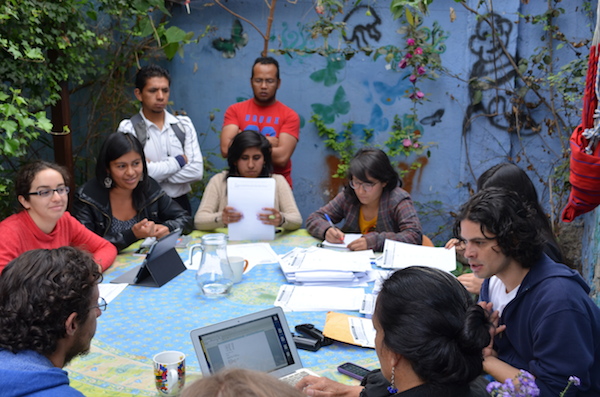Ecuador gets ready for the World Cup, coming up in June
Ecuador is getting ready to play in the World Cup and players are highly motivated after star player Christian Benitez died suddenly last year from a heart attack. It will have to rely on the prowess of Luis Antonio Valencia who plays for Manchester United (pictured above). …
Ecuador gets ready for the World Cup, coming up in JuneRead More »
Ecuador gets ready for the World Cup, coming up in June Read More »



